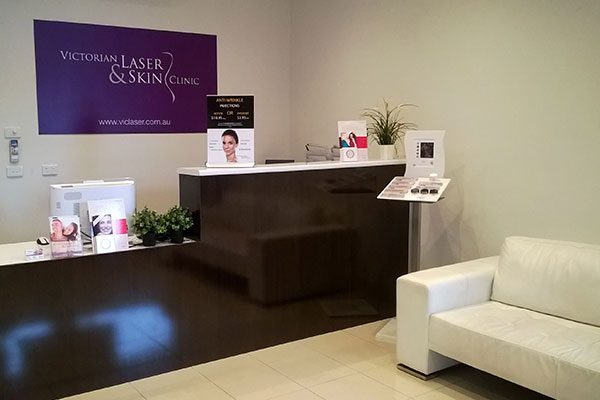Whether you are a beauty addict or not, you will agree on one thing – good flawless skin is not only a sign of youth and beauty, but it also a good indicator of our inner wellbeing. So our skin can be a giveaway about not only how old we are, but how we are feeling. Clear, blemish-less skin has been an epitome of vitality and wellness across different ages, and there is nobody who wouldn’t like having flawless skin. But alas, this isn’t always the case, as skin pigmentation is a very common concern among Australian women today.
This condition shows up in the form of age spots, sun spots, pregnancy related pigmentation or little brown spots that dot your face. In fact, cosmetic shelves are also seen stacked with a growing number of over-the-counter creams, serums, facial oils and what not, all marketed towards achieving healthy, even-toned, blemish-less skin. This itself is quite telling, as it gives a sense of how widespread this condition is. The fact that it can affect all types of skin is a huge contributor. And while it is natural to focus on the end result, it will help to understand what is actually bringing about pigmentation in your skin. So, let us look at the scientific facts of what contributes to this condition.
First, the basics – understanding what skin pigmentation Is
1. Sun Damage
This has got to be the number one cause of skin pigmentation. Exposure to harsh sun rays speeds up the activity of melanocytes, the pigment producing cells. We all know that UV radiation present in sun rays increase the incidence of skin cancer and so by producing more melanin, our skin tries to protect itself from the harmful effects of UV radiation. So pigmentation can also be looked at as our body’s natural defence mechanism against UV rays. But this is not the only cause.
2. Hormones
Hormonal pigmentation is different from UV – caused pigmentation and takes the form of melasma or chloasma, which is more common among women. This condition occurs when there is an increased level of the female sex hormones, estrogen and progesterone, resulting in more melanin synthesis. Being pregnant or taking oral contraceptives can also cause hormonal imbalance and increased melanin production.
3. Age
While the total number of melanocytes decreases with age, the ones that remain tend to increase in size and tend to come together in clumps or groups. This explains why most people over 40 have age spots, which is one type of hyperpigmentation.
4. Injuries & inflammation
Any injury or trauma to the skin, like an injury, cut, burn, acne or even chemical exposure is treated as a wound, and causes an inflammatory reaction which can also result in pigmentation. This type of pigmentation is also commonly known as post-inflammatory hyperpigmentation, and needs to be treated with care so as to not aggravate the inflammation. While these can fade over time, some spots can be particularly dark and might require focussed treatment.
5. Medication
Certain medications for autoimmune conditions or gastrointestinal and metabolic disorders could also induce skin pigmentation. In fact, even some chemotherapy drugs are known to cause hyperpigmentation as a side effect.
So, now that we have looked at some of the most common causes, we would know that it is rather easy to get hyperpigmentation. But the upside is that spotty patchy skin need not be an inevitable part of your future. Most types of skin pigmentation can be avoided with a little bit of care. And for the inevitable, you could always turn to our skin experts at the Victorian Laser & Skin Clinic, to help you get closer to the beautiful skin you deserve.









